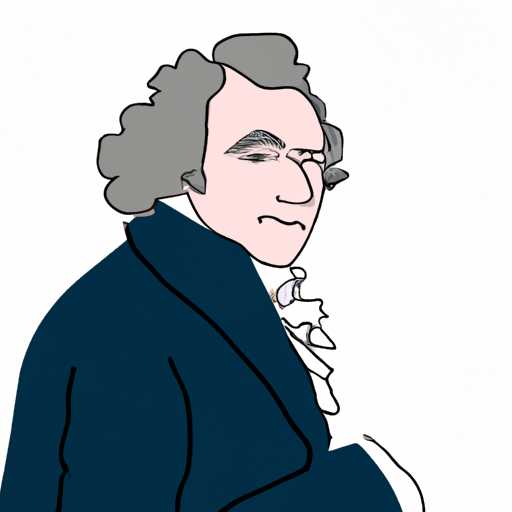
In the twilight of the 16th century, there lived a tenacious woman with hair dark as raven feathers and eyes that mirrored a tempest sea. Madame Dupont was her name, a French aristocrat famed for her beauty and resilience.
The legend of Madame Dupont - a tale of a fiery spirit struggling against the confines of society, a spirit that had the audacity to rise amidst scandalous rumors and vilification, is one that has echoed down the halls of time. This is her tale...
Madame Dupont made her debut in the court of the notorious King Henri IV when she was barely sixteen, a delicate bud amongst a garden of blooming ladies. Her youthful exuberance and the divine innocence graced her perfectly chiseled features, earning her favor in the king's court, and her life unfolded like an unending ball dance.
The rules of hierarchy were ironclad and women of her stature were but mere pawns in political manoeuvres. Yet, Madame Dupont, fueled by her thirst for knowledge and unyielding spirit, defied the conventional norms and found solace in books. She spent endless nights buried beneath parchment, her quill dancing across the pages, moulding stories her soul yearned to tell.
"All men are equal in the eyes of God, but also in the eyes of my quill," Madame Dupont would claim amidst the low hum of aristocratic chatter, her words as fiery as her spirit.
The fiery nature of Madame Dupont did not sit well within the boundaries drawn by men of the court, nor did it find favor among the gilded wives and courtiers. Whispers of her unconventional views and daring spirit rippled across the illustrious palace, a wave of disapproval that sent tremors through the heart of societal norms.
Despite the increasing isolation from her peers, and facing increasing disapproval from most of the court, Dupont remained steadfast in pursuit of her dreams. She was a heroic figure, not in the conventional sense, but a heroine nonetheless who stood her ground when the world told her to get back in line.
One cold winter's night, tragedy struck. The King was assassinated, and in the ensuing chaos, the lavish palace that once echoed with laughter was filled with the shadowy figures of men wielding blades; a revolution had begun, shattering the once-sturdy walls of society.
Madame Dupont viewed this chaotic upheaval not with fear, but with a renewed sense of purpose, for she viewed it as an opportunity to bring about change. Transmuting her quill into a sword, and words into action, she ventured out into the war-torn streets of Paris, her heart steeled for the fight for freedom.
"Liberte, Egalite, Fraternite," she echoed the realm's soon to be adopted motto, urging others to rise against oppression and join her noble cause.
The woman who was once banished to the shadows of high-society gossip, was now leading a fight against an oppressive regime, her spirit proving far mightier than the narrow societal norms that once seemed unbreakable. Her transformation from a mere lady of the court to a symbol of resistance was a monumental testament to the indomitable human spirit.
However, as the bloody battle raged on, the relentless nature of the revolution began to take a toll on her. The once bright spark in her eyes dimmed, her spirit bruised but unbroken. The glimmer of hope flickered on as her story was enacted on the canvas of a nation seeking change.
Yet before the sun dawned on a new day, a new republic, Madame Dupont was captured. Betrayed by the very aristocracy she was born into, she was led to the executioner's block. Her gown, once a brilliant shade of sapphire now faded, fluttered in the cold breeze. But as the final chapter of her life was to be scribed in blood, a courageous smile danced on her pale lips.
"Viva la revolution," were her final words. Her echoing voice and unabashed spirit, even in the face of death, incited courage among the masses, who wouldn’t forget the courage and sacrifice of their lady of liberty.
The tale of Madame Dupont was etched into the annals of French history, not as a mere footnote but as an elaborate saga of a woman who dared to defy the restrictions of her time. She remains a symbol of fiery resistance and a beacon of courage. The tale of her indomitable spirit serves to remind us that a spark can indeed ignite a mighty revolution – a revolution that begins within.
So here ends the tale of Madame Dupont, the woman with raven-feathered hair and tempest sea eyes, whose language of resilience continues to echo in eternal whispers, a language time could never erase.










